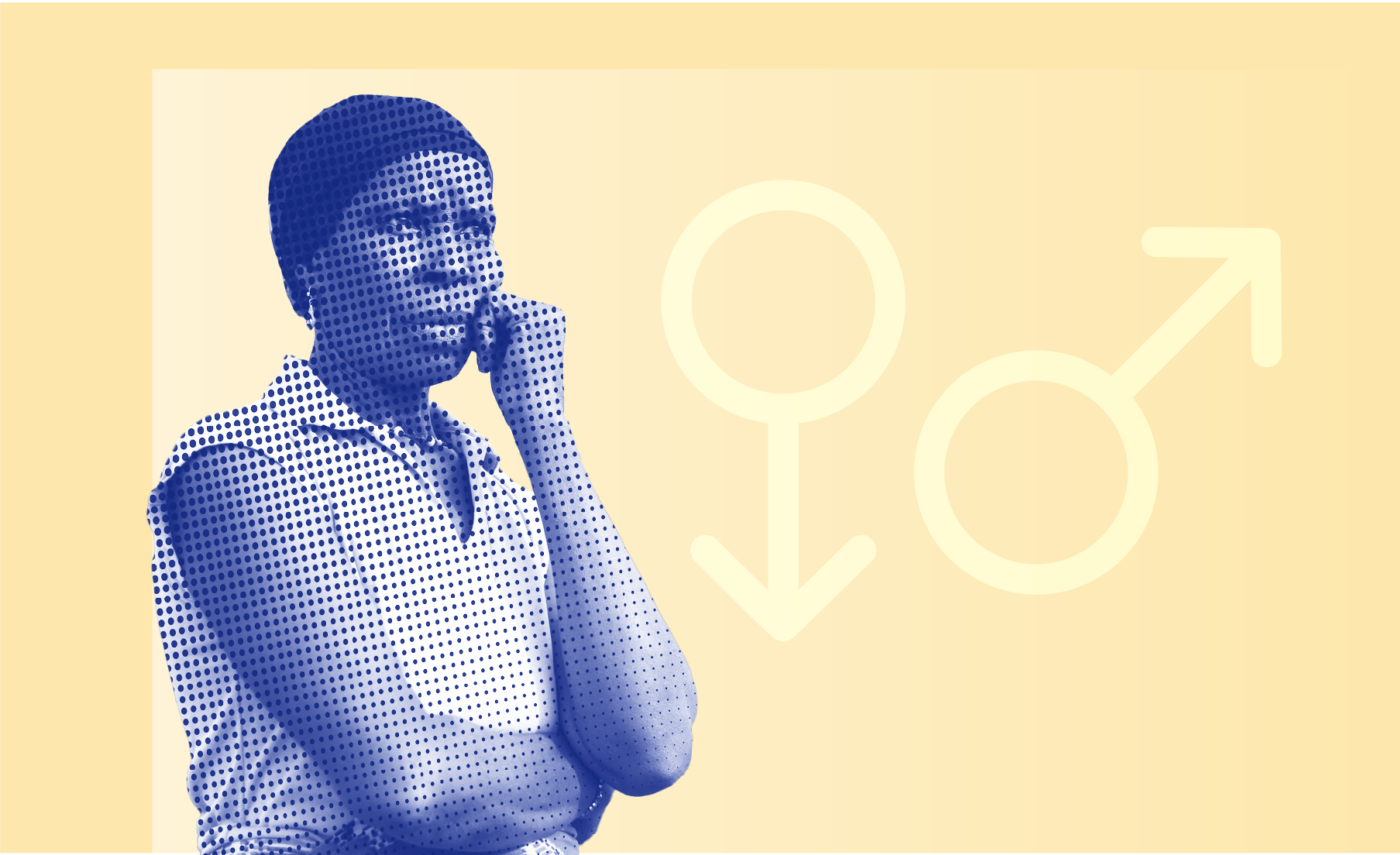Blog
Gender and corruption: What we’ve learned from 20 years of research (Part 1)

More women in parliament won’t necessarily lead to lower levels of corruption at the national level
Twenty years ago, the suggestion that higher female representation in parliament correlated with reduced levels of national corruption shook the anti-corruption research and policy world and significantly impacted on anti-corruption efforts. But what initially seemed like a golden ticket to corruption reduction – prompting policymakers to eagerly adopt strategies to enhance female participation – proved to be more complex. It soon became evident that the equation was not straightforward. Increasing the number of women in parliament was not a panacea for corruption.
The ensuing research sought to explain the intricate relationship between women and anti-corruption. Initial theories proposed that women might be naturally more risk-averse and ethically driven, making them less likely to partake in corrupt activities. However, as the academic landscape evolved, such gender-based stereotypes were challenged. A more nuanced perspective emerged, emphasising the role of robust institutions. These institutions were seen as solving two problems at the same time: they curbed corruption and facilitated female ascendancy to power.
Another angle to consider was access to corruption: perhaps women were simply excluded from established male-dominated corrupt networks, thereby reducing their involvement in such activities. As studies delved deeper, complexities arose. For example, it was found that, while female political newcomers might deter corruption, their re-election could diminish this effect as they became assimilated into existing networks.
Men and women experience corruption differently
The ramifications of gender on corruption are not limited to the political arena. Central to understanding corruption is acknowledging the profound influence of societal (gender) norms. These norms dictate individuals’ participation in, exposure to, and experiences of corruption. Socialisation plays an important role, as girls are brought up to behave more ‘properly’, be norm-compliant and risk-averse, while boys may be rewarded for forceful behaviours. Thus, gender norms, embedded from early childhood, shape attitudes, participation in and experiences of corruption. Counteracting these deeply rooted norms is paramount for the success of future anti-corruption strategies.
Societal roles designated to different genders heavily influence their exposure to corruption. In general, evidence shows that corruption has a larger negative effect on marginalised groups, owing to ingrained power asymmetries.
Men, often working outside the confines of the home, might confront corruption more in business environments and law enforcement. Yet, the systemic biases inherent in most societies mean that women, especially in male-dominated sectors, can be disproportionately exposed to corrupt practices due to gender roles, lack of agency, and power imbalances between men and women.
Women are disproportionately responsible for domestic and caregiving activities across the world. They frequently interact with healthcare, education, and public services. This increases their vulnerability, especially under poverty conditions, more often making them victims of corruption in these areas.
While most research hints at gender differences in how corruption is experienced, we do not know enough about how and why these differences occur. To fill this gap in the research, we need more detailed case studies, and information at micro, meso, and macro levels. Furthermore, the experiences of individuals who do not conform to conventional gender norms are frequently omitted, presenting a significant oversight.
Broadening our understanding of corruption
Recently, there has been a paradigm shift in the discourse around gender and corruption, moving from a predominantly male-centric understanding to encompass a more feminist perspective. Traditional corruption dialogues often revolved around monetary or materialistic exchanges. This focus overlooked an alarming dimension of corruption: ‘sextortion’. This form of corruption – where those in positions of authority seek to obtain sexual favours – impacts on women but also on men, girls, and LGBTQI+ individuals.
Research highlights sextortion’s ubiquity across various sectors worldwide. Women often face sextortion when encountering law enforcement, the judicial system, or the education sector.
Case studies show that sextortion also occurs in:
- Schools
- Water, sanitation, and hygiene services (WASH)
- Business
- Migration journeys
- Sports
- High-level politics
This prompts a broader discussion, emphasising the need to transition from a primarily economic perspective on corruption to a more holistic approach that accounts for its social, physical, and psychological impacts.
Women’s involvement in anti-corruption is multi-faceted. While not inherently more virtuous, women are often more involved in different policy areas, including those that emphasise marginalised communities, children’s welfare, women’s rights, and public commodities. The ‘women’s interests’ explanation suggests that women, particularly those in power and outside entrenched corrupt networks, can be formidable forces in disrupting these networks and championing anti-corruption reforms.
Barriers for women in anti-corruption
For women’s potential in anti-corruption to be realised, women of diverse backgrounds, ethnicities, and social statuses must attain influential roles. Such diverse representation facilitates a more proactive challenge against corruption, rather than passive assimilation into pre-existing corrupt networks.
However, barriers remain – for example, studies suggest that women are less inclined towards whistleblowing because of fear of retribution. The 2021 Global Corruption Barometer highlighted this apprehension, with more than half of European women expressing fear of retaliation after reporting corruption.
Conclusion
Over the past 20 years, while academic and policy research made commendable strides in understanding the nexus between gender and corruption, significant gaps remain. We need more comprehensive, gender-disaggregated data. Also, the understanding of gender needs to be broadened to include LGBTQI+ individuals. Research must take an intersectional approach and consider factors such as race, age, class, and more. This multi-dimensional understanding is critical to developing effective, inclusive, and holistic anti-corruption strategies in the future.
A multi-step approach is considered in part 2 of this blog, which examines how research could become more inclusive in the next two decades of the anti-corruption agenda.
Anniversary blog series
U4 staff and friends celebrate U4’s 20th anniversary with a blog series reflecting on developments and lessons learned in a world of ever evolving corruption challenges:
- U4 at 20: A quiet birthday at home with friends (across the world) – Peter Evans
- Specialised anti-corruption institutions: Measuring their performance and managing our expectations – Sofie Schütte
- The role of technology in anti-corruption: Dystopian reflections – Daniel Sejerøe Hausenkamph
- Strategic litigation and its untapped potential for anti-corruption – Sophie Lemaître
- The anti-corruption community should become more ‘tribal’ – David Jackson
- Corruption risk management in the aid sector: past, present, and the path ahead – Guillaume Nicaise
- Corruption is unaffordable for Latin America’s resurgent left: Democracy and lives are at stake – Aled Williams and Daniela Cepada Cuadrado
- Corruption is absent from the UN ‘World of Debt’ report – Daniela Cepada Cuadrado
- Anti-corruption games: Learning how to face corruption challenges – Guillaume Nicaise and Rachael Tufft
- a) Gender and corruption: What we’ve learned from 20 years of research (Part 1)
b) Gender and corruption: Charting the course for the next 20 years (Part 2) – Ortrun Merkle and Ina Kubbe
Sign up to the U4 Newsletter to get updates, or follow us on Twitter | Linkedin | Facebook.
Disclaimer
All views in this text are the author(s)’, and may differ from the U4 partner agencies’ policies.
This work is licenced under a Creative Commons Attribution-NonCommercial-NoDerivatives 4.0 International licence (CC BY-NC-ND 4.0)


